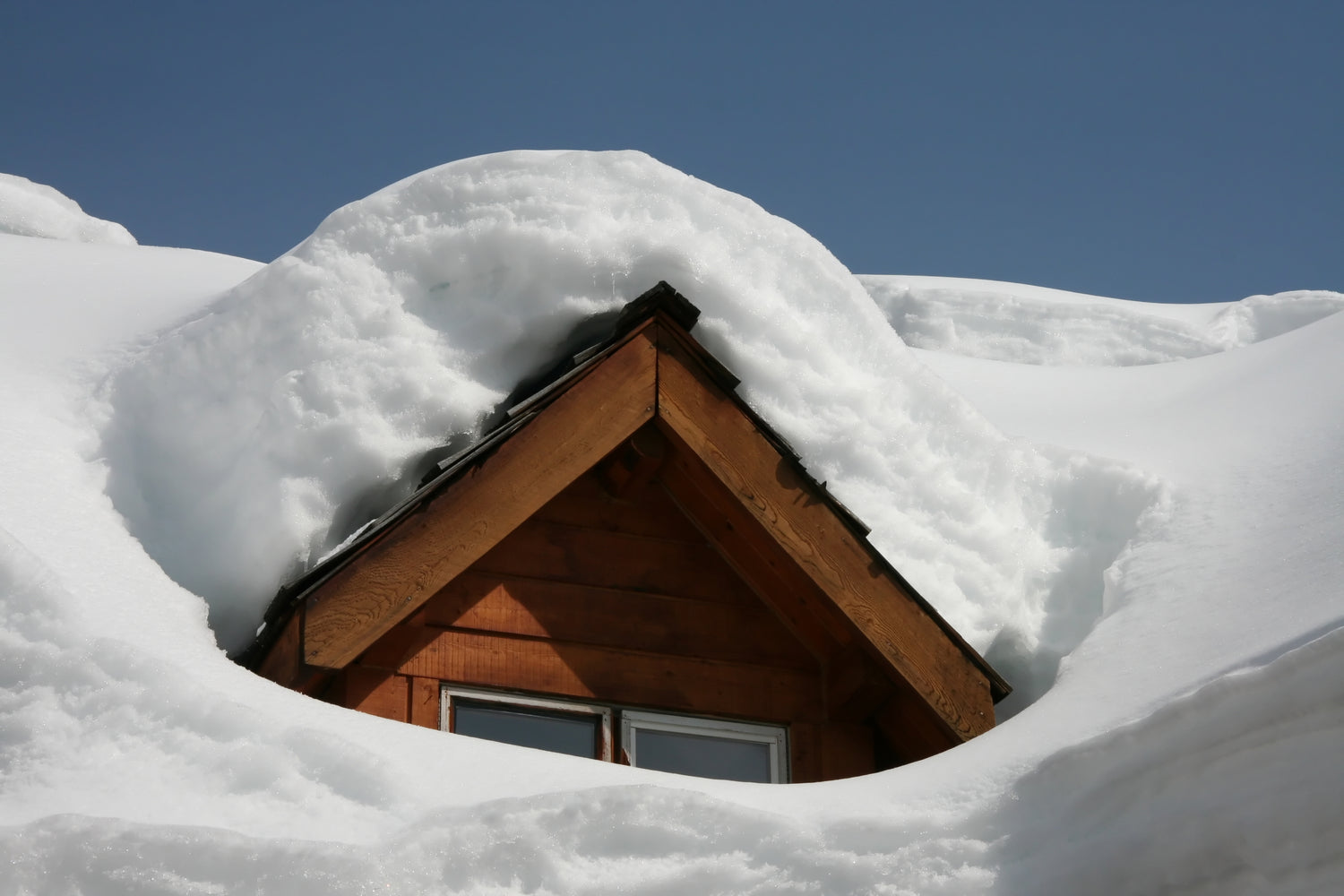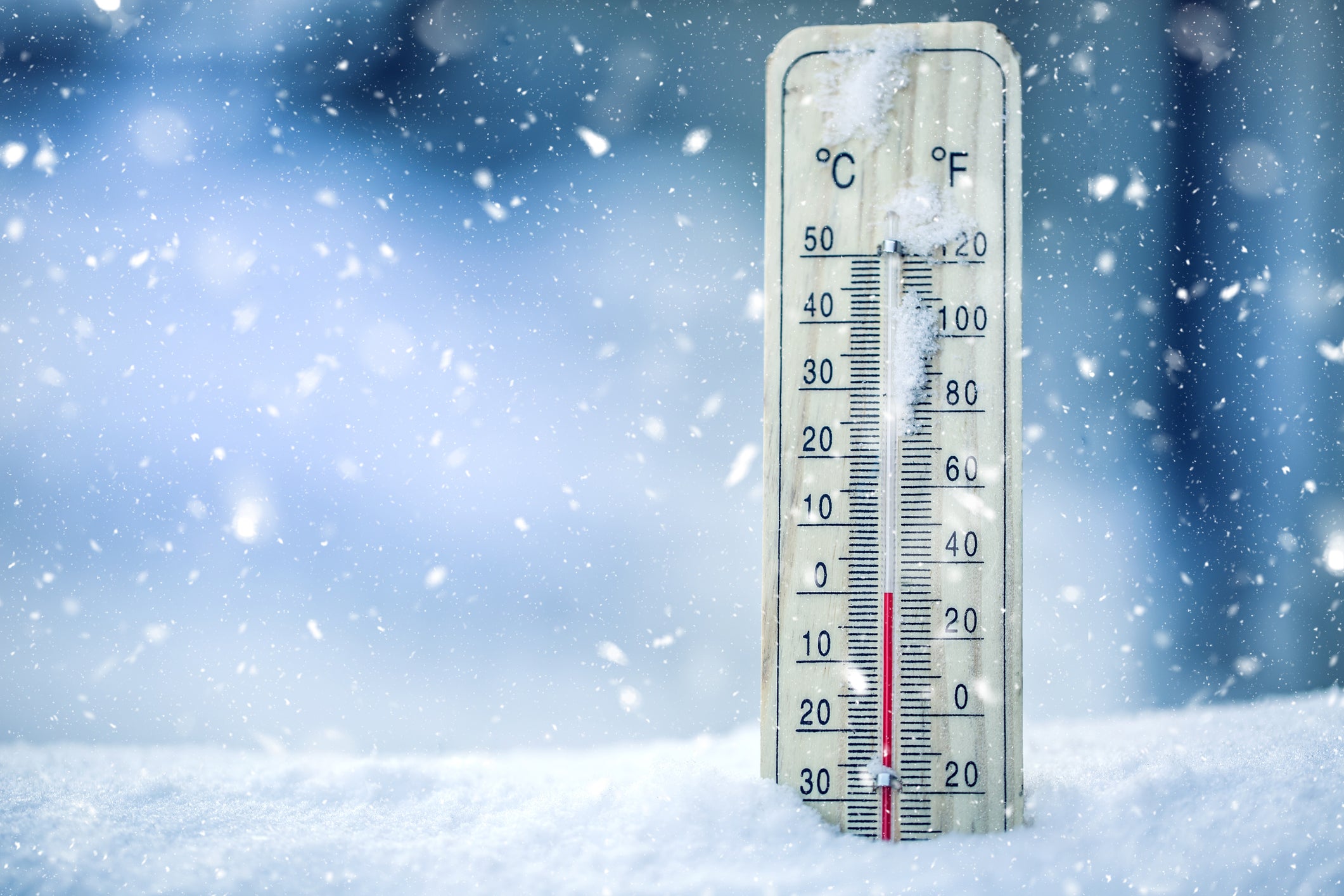Winter, a season of picturesque landscapes and cozy indoor warmth, brings with it unique challenges for homeowners, particularly in regions prone to heavy snowfall. Beyond the routine tasks of clearing driveways and sidewalks, rooftop snow accumulation is a significant concern. Traditional solutions, from manual shoveling to using chemical roof ice melt agents, each have their limitations. An intriguing approach that some homeowners are examining is the adaptation of snow melting mats, such as those crafted by HeatTrak, for rooftop applications. Let’s investigate this trend in detail.
The Perils of Rooftop Snow Accumulation
Roofs, especially those with A-frame designs, possess areas where two peaks intersect, creating valleys. These valleys become natural collection points for snow, which can lead to excess weight and potential structural threats. Over time, unchecked accumulation can exacerbate roofing material wear, increase the risk of leaks, and in extreme cases, cause structural failure.
From Driveways to Rooftops: A Novel Application
HeatTrak's snow melting mats, though initially conceptualized for ground-level applications, have been repurposed by some innovative homeowners for their roofs. The logic is straightforward: If these mats can efficiently melt snow on walkways, could they not serve a similar function for these critical rooftop valleys?
By positioning these mats within these valleys, they potentially offer a proactive measure against snow buildup. This method is particularly valuable during continuous snowfall, where manual removal becomes an incessant chore.
However, every solution has its guidelines and considerations:
-
Safe Power Integration: The GFCI power unit plug is an essential component of the HeatTrak system. Its placement is critical to ensure both functionality and safety. It's paramount to ensure the unit isn’t situated in an area prone to water accumulation, which could pose electrical hazards. To combat this, homeowners use HeatTrak's 25-foot extension cables, creating a safe distance between the mat and the power source.
-
Thoughtful Installation: Affixing anything to a roof demands precision and care. Improper installation could inadvertently damage roofing materials or affect drainage. It’s always recommended to seek guidance from roofing professionals when considering such installations.
The Added Layer: Battling Ice Dams
Beyond snow, ice dams present another winter roofing challenge. Formed by melting snow that refreezes at the roof's edge, these dams can prevent proper drainage, leading to potential water damage.
By placing HeatTrak mats near the gutters, some homeowners aim to ensure consistent water flow, reducing the likelihood of ice dam formation. Again, proper installation and the safe positioning of power units are crucial. Leveraging HeatTrak extenders can aid in achieving a safe and functional setup.
Potential Benefits and Precautions
As with any out-of-the-box solution, there are pros and cons to weigh. On the one hand, using snow melting mats offers a continuous snow management solution, reducing the manual effort and potential damage associated with accumulated weight. On the other hand, there are costs, installation nuances, and maintenance to consider. Each homeowner must assess their unique situation, climate considerations, and consult professionals before deciding.
Conclusion
The repurposing of ground-based snow melting solutions, like HeatTrak mats, for rooftops reflects homeowners' ingenuity in facing persistent winter challenges. While not a widespread practice, its emerging use signifies its potential in specific scenarios. However, like all home maintenance solutions, safety and proper implementation remain paramount. It's a reminder that innovation, when coupled with due diligence, can lead to intriguing, practical solutions.


